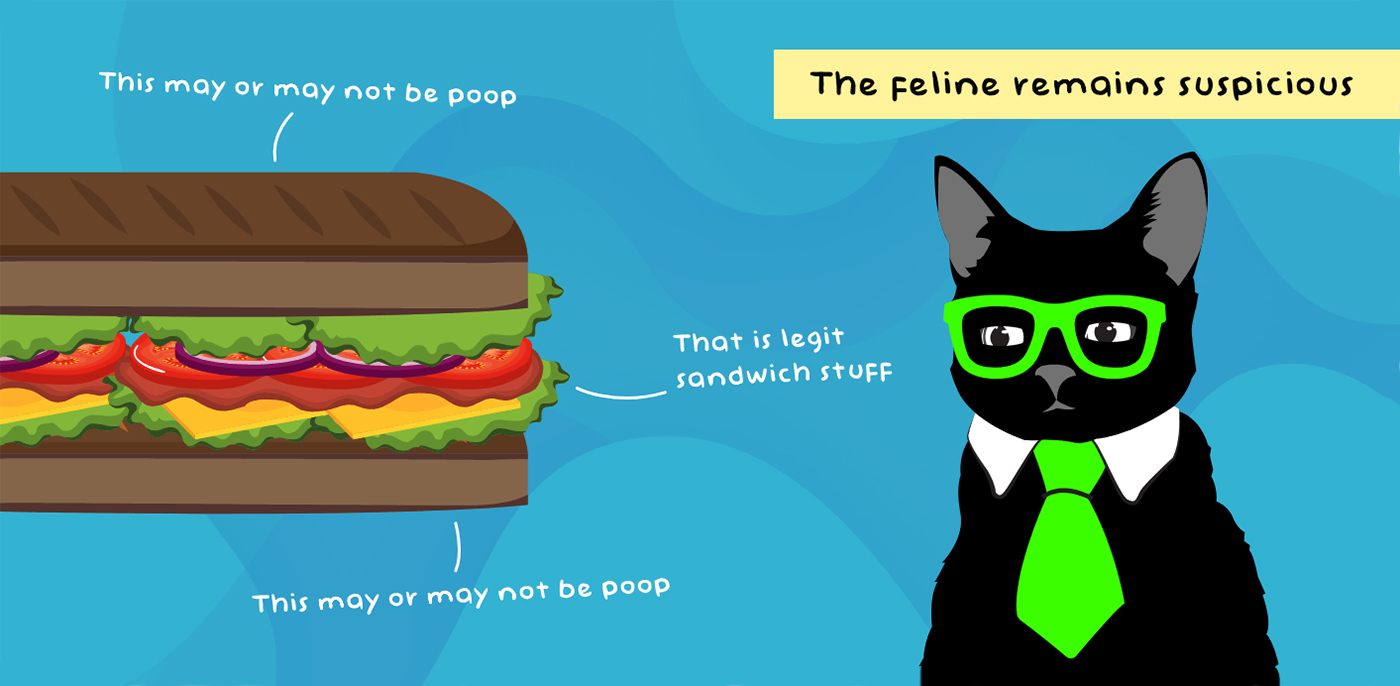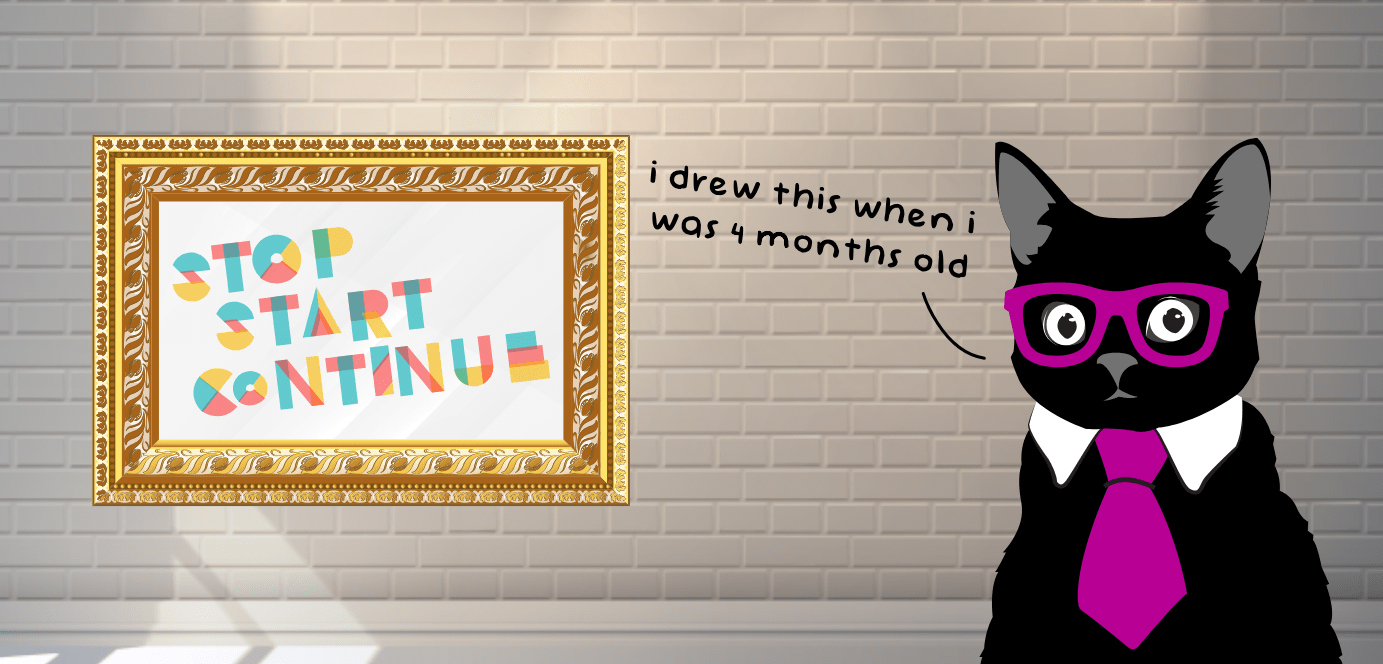Constructive feedback plays a key role in helping your team grow professionally. If you want to provide excellent customer service, you cannot go without it.
However, personal feedback can be a tough and uncomfortable thing to receive, as well as to give. It is natural to feel bad about hurting other people’s feelings, and that is something that can easily happen when you have to deliver a negative message.
Luckily, there are a few proven methods that will make the process easier for everyone. We have picked out the most powerful customer service feedback techniques that will help you deliver messages in an efficient and tactful manner.
Feedback sandwich
The feedback sandwich is one of the most well-known methods for giving feedback. It is a simple scheme that works both in short reviews and in thorough coaching sessions.

The method suggests the following flow:
- Start with something positive that will set a good mood for the rest of the talk.
- Give your negative feedback, or bring up an area of improvement.
- Top it off with praise to finish the session on a positive note.
A feedback sandwich is one of the simplest techniques that you can use in almost every situation. Whenever you would like to point out a mistake or an area of improvement, you can squeeze it between two positive comments that will make the negative feedback easy to digest.
However, this famous method has also received quite a lot of criticism. Its main weaknesses lie in its predictability. If you overuse the feedback sandwich, your agents will notice the pattern, and the technique will no longer work.
It is a clever method that works best when the person receiving feedback does not know that you are using it. Thus, it is not reasonable to use it on a daily basis, or as the only way of giving feedback.
However, feel free to use this technique occasionally as necessary, especially when combined with other methods. It is one of the easiest ways to provide feedback without making the other person feel down.
Read more
How to Have Great 1-to-1s With Your Support Team
3×3 Method
If the Feedback Sandwich is more of a secret technique that the subjects should not see through, then the 3×3 Method is, on the contrary, an approach that you can communicate openly to your support team. You can use it to structure customer service feedback sessions in your team and let everyone know that this is the pattern that should be followed.

The 3×3 rules state the following:
- Give 3 positive comments in every feedback session.
- Accompany positive comments with 3 negatives.
This method was created by Bert Decker. It is built around the notion that people cannot work on more than three areas of improvement at once, and that these should always be balanced with positive statements.
The 3×3 method is a great tool for providing systematic and regular feedback to customer support agents. You can build your weekly or monthly feedback sessions on this scheme. Moreover, if you are doing conversation reviews, you can pick out three positive and three negative examples of customer feedback and discuss them in 1:1 sessions using the 3×3 method.
This technique will work very well if you let your customer support reps know that this the system you are using for feedback sessions. They will get used to receiving 3 negatives in every session and learn not to feel intimidated about every approaching meeting.
By limiting feedback to the 3×3 rule, you will also keep it from becoming overwhelming and unattainable. As we all know, nothing kills motivation faster than unattainable goals.
Stop, start, continue
The “stop, start, continue” method is another neatly organized way of providing feedback to your customer support team. This is a technique that works wonders when coaching new teammates. However, nothing stops you from using it with more seasoned agents, too.

The stop, start, continue system works like this:
- Discuss the things that did not work that the person should stop doing.
- Then shift focus to new things that the agent should try out instead, stating what they should start doing.
- End the session by pointing out the things the person has done right that they should continue doing.
This is an excellent way to provide feedback when helping new teammates get to know your support culture. You can easily refer to the aspects of the communication that did not, for example, match your company’s customer service quality standards, and encourage those that the agent got right.
Coaching is definitely one of the best means of onboarding new customer service agents. You can implement the “stop, start, continue” system right from the start and continue doing it throughout the process. Once you’ve finished coaching, you can decide whether to continue with this feedback pattern or choose another one that suits your shifting needs better.
This technique is widely used in different kinds of retrospective analyses. Kuba Niechciał, the Engineering Manager at Intercom, has published an interesting take on this method and turned the flow upside down.
Pendleton’s feedback model
Pendleton’s feedback model is often used in the medical field, but its advantages have been noticed by tech companies like LucidChart, as well. It is a noteworthy method where the person being reviewed actively participates in the feedback creation process.

This model suggests the following pattern:
- Let the agents highlight what they think went well.
- Reinforce positive interactions and discuss the factors that lead to good results.
- Bring out areas of improvement and explain what the agent could have done differently.
Pendleton’s model sets a good tone for the session right from the start and looks into how the positive outcomes were achieved. Agents’ self-reflection component is one of the strongest aspects of this approach.
The key to professional growth lies in understanding what needs to be changed. If customer support reps analyze their own interactions and understand which behavior brings the best results, they are more likely to build upon this knowledge.
Guided self-reflection is definitely a good way to help your customer service agents grow professionally. Pendleton’s feedback model sets a good pattern for feedback sessions like this.
Situation, behavior, impact
The next feedback trio – situation, behavior, impact – comes in handy in unexpected, yet critical, situations. You can use this method to give feedback outside the regular feedback sessions to communicate negative messages to your team in a delicate but efficient way.

The “situation, behavior, impact” tool works like this:
- Explain the situation that you want to discuss.
- Highlight the specific behavior that you are addressing.
- Describe how this behavior affected you, your team, or the company.
This is a method that you will, hopefully, not have to use on a regular basis. It is a tool that helps you manage difficult situations where you have to react to something right away.
This feedback tool helps people understand how sometimes small mistakes can have a big impact on other people or the company, in general. It is especially useful when working with escalated tickets.
The essence of this approach lies in giving the agent an opportunity to understand your concerns without feeling like a mischievous child who is being punished.
FeedForward
The next method has a completely different approach to feedback, especially negative feedback. According to Marshall Goldsmith’s FeedForward method, instead of dwelling on the past, one should only look into the future and provide “feedforward” instead.

The two main FeedForward rules are:
- Never give feedback about the past.
- No judgments or critique is allowed on any ideas.
Customer service agents should focus on the areas they should improve, and ask for two positive suggestions for achieving them from their teammates. This is a great way to build team cohesion and help your team learn from one another.
The aim of this approach is to avoid negative emotions and feelings, defensiveness, and bruised egos. Comments will be given only for the future, without looking back on what was done wrong.
FeedForward is a great method for peer review sessions, as it works best with multiple people providing feedback and discussing possible improvements for the future. If you conduct conversation reviews with peer feedback, consider using this method in the reflective feedback session with your team.
What is more, if you have noticed that your team feels uncomfortable about giving or receiving feedback, give the FeedForward method a go. This optimistic approach will make it a thoroughly enjoyable process for everybody.
5 Word Review
Last but not least, we have the 5 Word Review method. It is by far the friendliest and simplest way of providing feedback, coined by Paul English, the CEO of Kayak.com.

The 5 Word Review works like this:
- Give five words that describe your agents or their work.
- Meet somewhere informal, e.g. a cafe, and go over these words.
- Discuss these words and the review in more detail.
The 5 Word Review is a great way to build a good relationship between managers and team members. However, it works just as well in the form of peer reviews.
The strength of this approach lies in the easy and relaxed communication it inspires. Feedback does not necessarily have to be given in formal meetings, especially if this format feels intimidating to some people.
Discussing 5 simple review points over lunch might feel more like a friendly chat than a harsh feedback session. Assessments received in a relaxed atmosphere are less likely to make the agent become defensive and more likely to encourage making good use of the knowledge.

All of these methods are there to help you provide feedback to your customer service team. Pick one that suits you and your team best, or combine different techniques as you like.
Systematic feedback that combines conversation reviews with well-structured feedback sessions will help your customer service team excel. It will guide your team towards your goals and help each of the team members grow individually.
Feedback is a normal part of work, especially in customer service. Make your team love it.



![5 Habits of Successful Customer Service Agents [Infographic]](https://storage.googleapis.com/static_site_bucket/e0da0e45fe5585eb38c86c77bce67f5b-e1657016757208-600x400.png)